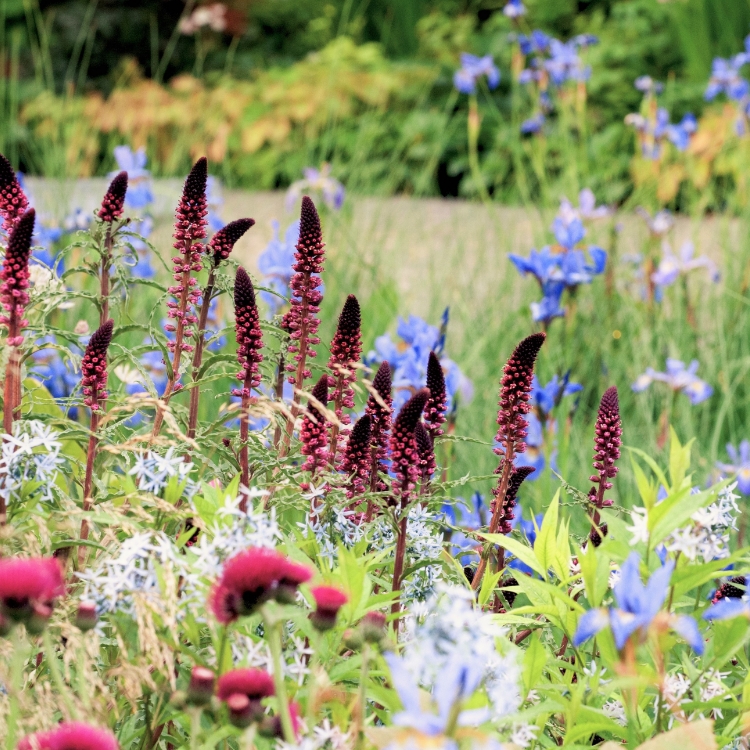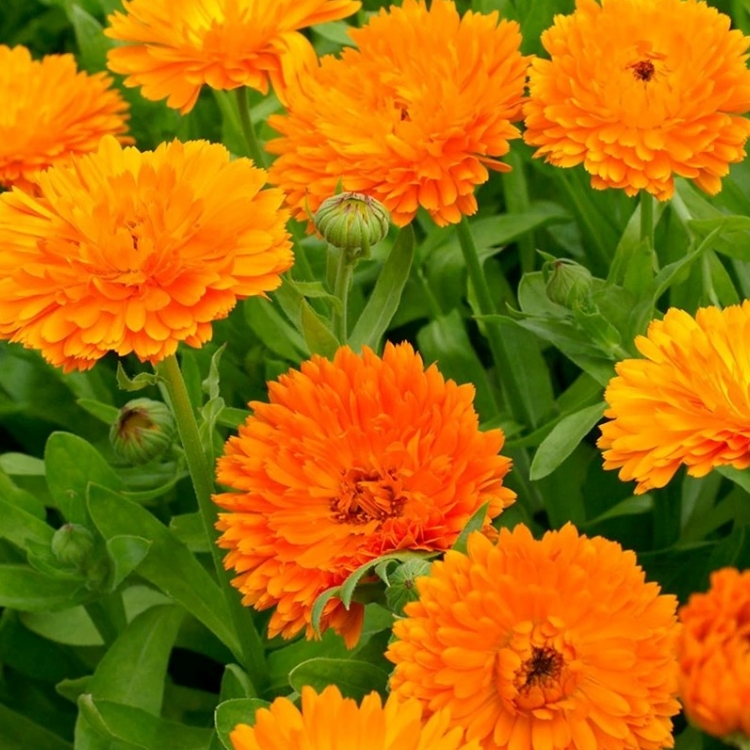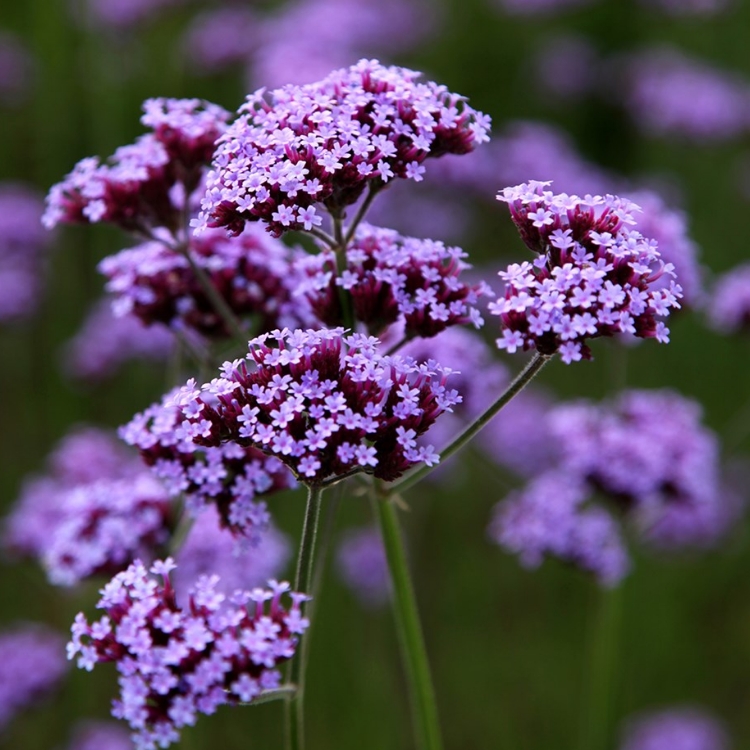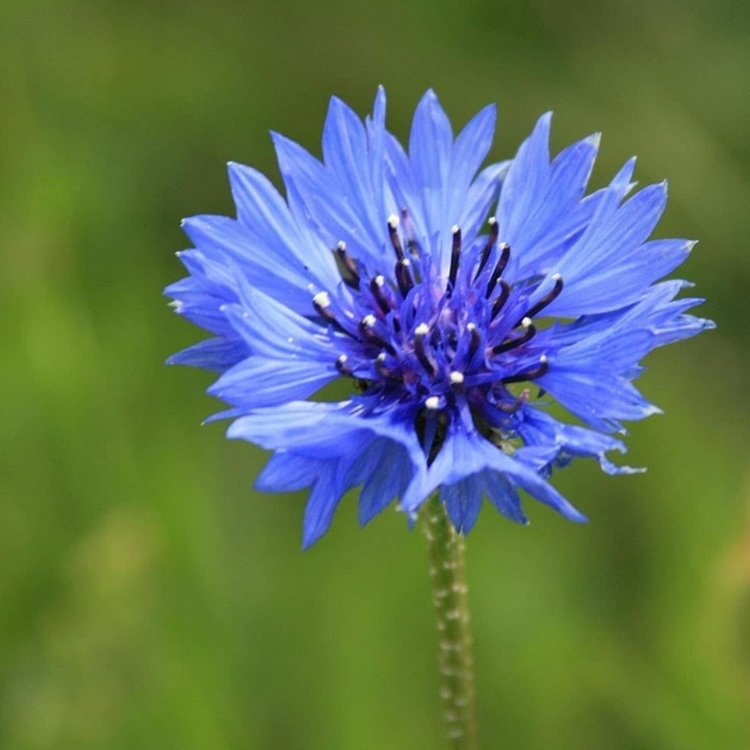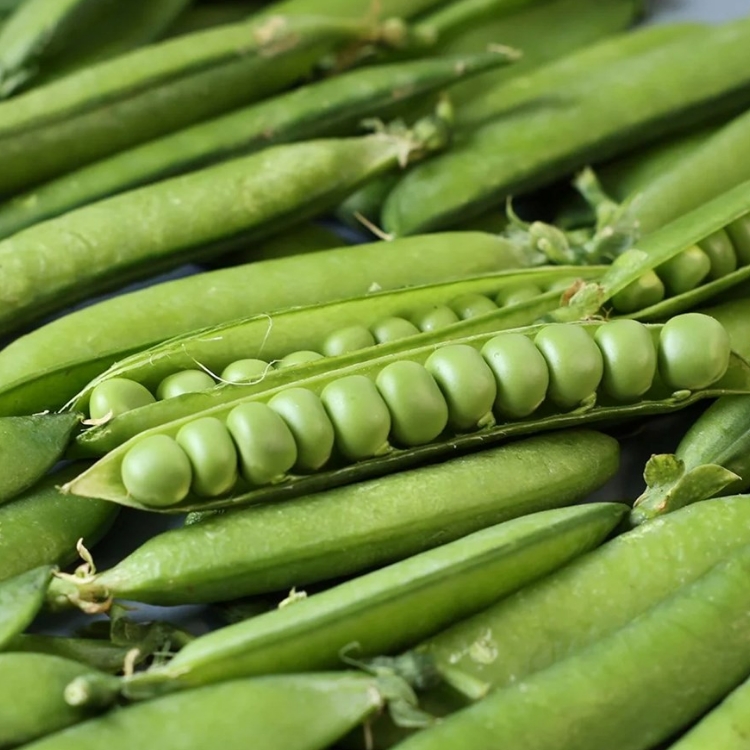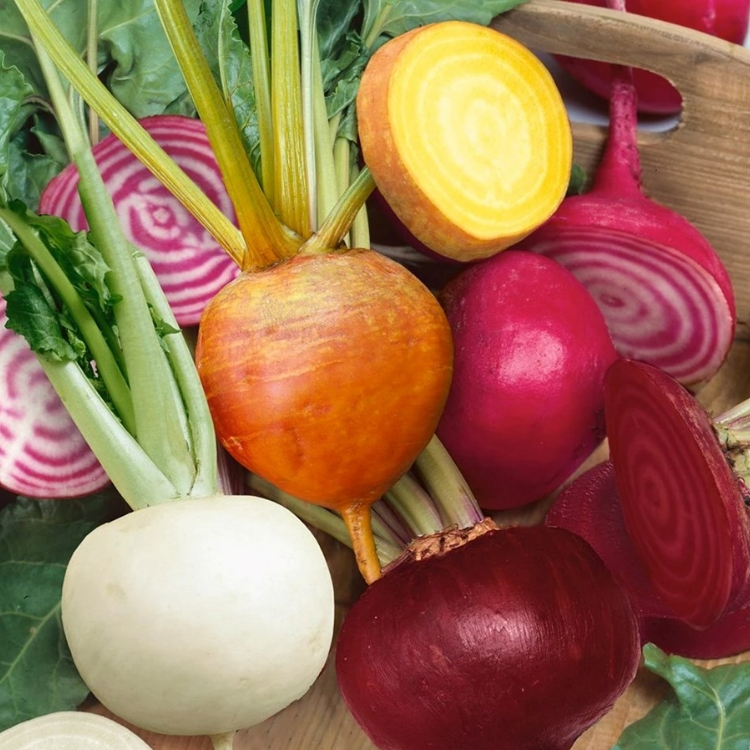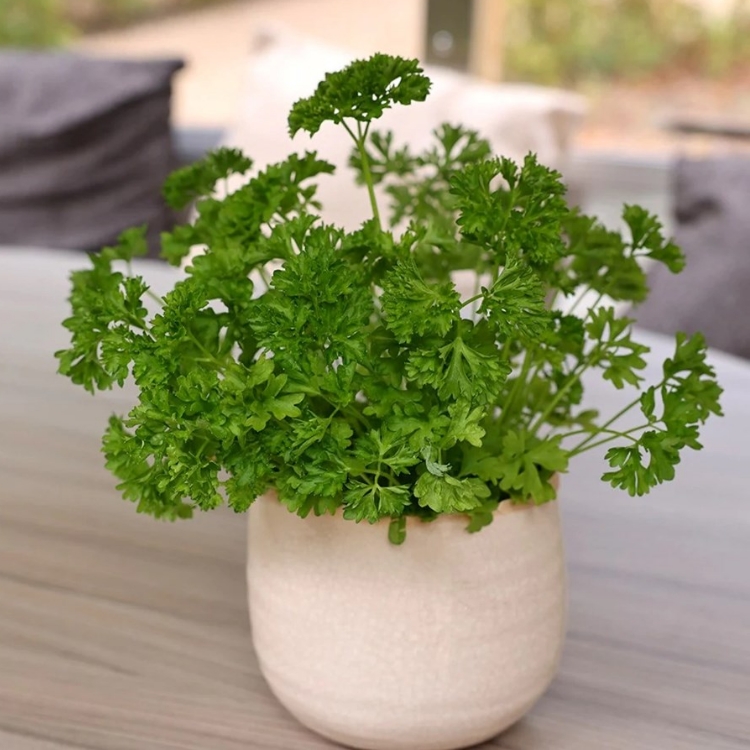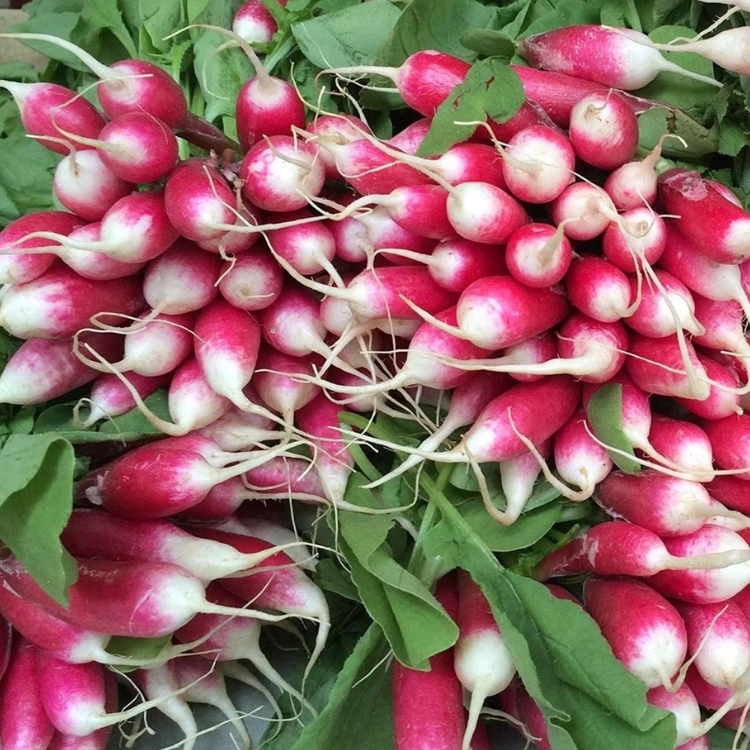April’s been a good month for planting, but May’s where it’s at for summer planting preparation. We’ve already gone through May’s gardening jobs, but here we’re going to go into a bit more detail about what you need to get into the ground this month.
Flowers for planting in May
Almost all of these May-planting plants are available as annuals or perennials, so you can take your pick on a repeated colour theme or mix it up year after year. As there’s quite a few, we’ve split them out into warming hues through to cooler shades.
Discover our selection of Seedlings & Rooted Cuttings.
Summer heat
Reds, yellows, oranges – like the rising or setting sun, these flowers will warm up any pot, planter or bed.
Marigolds are great for pollinators and are characterised with an explosion of colour, while antirrhinum (snapdragons) feature beautiful colour blends. Nasturtiums are the hottest of the lot with their bright shades, and Californian poppies have the occasional purple in there to mix it up.
Cooler days
Heading towards pinks, purples and whites, these plants are a mix of evergreens, annuals and perennials.
Candytuft will stick around all year, though the pink and white flowers will only be about for the summer. Cosmos are annual and super easy to grow, bringing a daisy-like charm to your garden, while verbenas come in both perennial and annual varieties – the former leans purple and the latter runs from red through pinks and purples to white.
Summertime blues
Ending on cool blues, purples and whites, these guys might suggest summer shade or a wander about the countryside.
Scabiosas can be reminiscent of thistles as they grow, bursting into lavender-like blooms through to September. Cornflowers are the origin of the well-known blue and a cottage garden favourite, and their hardy nature makes them nice and easy to grow. To finish, nigellas or ‘Love in a Mist’ are guaranteed to add character to your garden with their unique and striking flowers.
Vegetables
There’s plenty of vegetable and herbs to get stuck into in May, handily grouped to make them easier to remember. It also means there’s a lot of similar pests to watch out for as they grow, so you may want to invest in a cover or netting for your precious plants.
Shop Peas, colourful carrots and cabbage
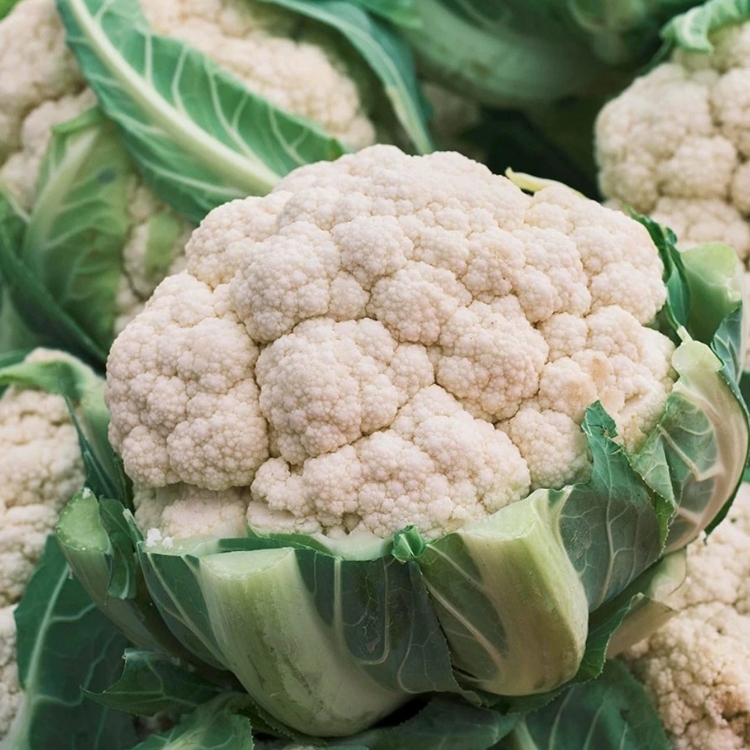
Brassicas
May’s prime time to plant some bold-as brassicas, healthy cruciferous vegetables to fill up your plate later in the summer. All of the following brassicas are planted 40cm apart or further, and are harvestable when you like the look of them.
Did you know these were all originally the same plant (wild cabbage), cultivated over hundreds of years to have wildly different characteristics? For broccoli and cauliflower they focused on the flower buds at the top, brussel sprouts were little bumpy bits halfway up the stem (leaf buds), and cabbages are an extreme version of those.
That’s why they taste similar, and have similar growing conditions. And also why some people don’t like the taste of any of them. Fun!
Root vegetables
It’s a mixture of strong colours and whites in May root vegetables, leaning towards the sweeter side of things. Think ‘roastable’ and ‘salads’.
Beetroots are a great source of fiber and finger-staining colour, preferring a bit of shade as they grow before harvesting June to December. Carrots are either good for your eyes or part of an urban myth relating to radar, but either way you plant them in full sun and harvest all the way up to October.
For parsnips, keep them in the sun but earth up the crown if it appears above the soil.
Herbs
Prep your herb garden in May to pack your summer with flavour. Here is a list of our favourites.
Dill likes to grow further apart that other herbs (30cm or so), while the others can go in a pot in sun or partial shade. Rule of thumb for harvesting is pretty much the same as the brassicas – when you like how they look, have at it. And just eat the leaves, not any flowers – dill can get a bit floral.
More May essential Veg
It’s still spring, so spring onions are appropriately named for when to plant them – drill them 1.5cm deep and 5cm apart when they’ve sprouted a bit. Peas and beans go well in the sun, 10cm apart and sheltered from the wind, and remember to give them sticks to grow up.
Radishes are great for summer spiciness, so plant them now in a similar way to spring onions, ready to harvest after a couple of months. Rainbow chard rounds off the list, harvestable from June to December if planted now (15-30cm apart).
